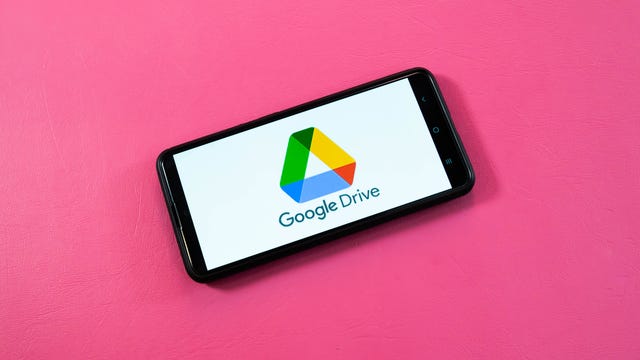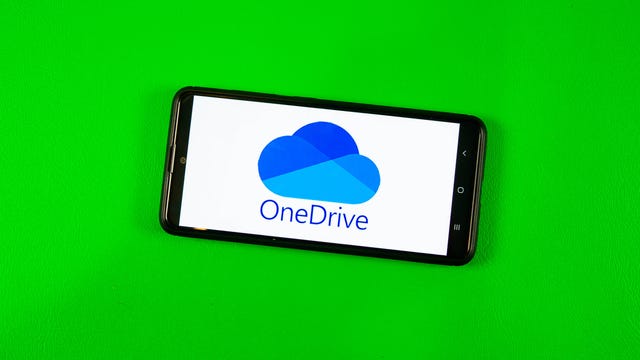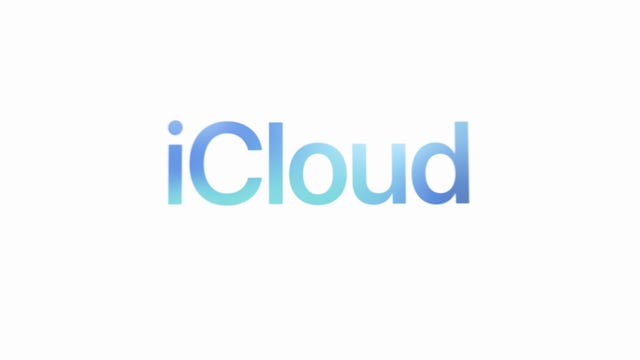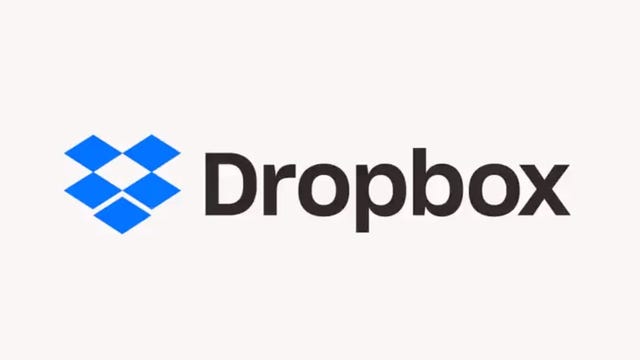[ad_1]
While it sounds entirely made up, World Backup Day is real and it’s happening on March 31. That said, we couldn’t think of a more perfect time to take steps to protect your precious files. Backing your data up on an external storage drive is a great place to start, but you’ll want to keep your most important stuff somewhere that can never be lost, damaged or stolen. That means you’ll want to use the best cloud storage service available; one that allows you to access your files whenever, wherever, while also saving space on your phone, tablet or computer.
There are plenty of free cloud storage services available, whether your needs are personal or professional. Many offer upgraded paid plans, which means it’s easy to find a plan that can meet your needs to keep your data stored safely. For this article’s purposes, we’ll be focusing on plans for the average person.
Read more: World Backup Day deals on flash drives, SD cards and more
We’ve compiled a guide to the most popular cloud storage services: how they work, their strengths and weaknesses. We’ve even included some lesser-known services if you want to get away from the mainstream. To be clear, we have not tested these services — this is an overview and some analysis of some of the top options in the market.
What is cloud storage?
Cloud storage is a type of computer data storage that allows your files to be immediately available on almost any internet-connected device anywhere. Files are stored on servers in a data center, instead of directly on your device.
Cloud storage comparison
undefined
| Google Drive | Microsoft One Drive | Apple iCloud | Dropbox | Amazon Drive | |
|---|---|---|---|---|---|
| Free storage? | 15GB | 5GB | 5GB | 2GB | 5GB |
| Paid plans | 100GB of storage for $2 a month ($20 annually); 200GB of storage for $3 a month ($30 annually); 2TB of storage for $10 a month ($100 annually). | Microsoft 365 Family offers 6TB of storage and costs $10 a month ($100 annually); Microsoft 365 Personal offers 1TB of storage and costs $7 a month ($70 annually); OneDrive Standalone offers 50GB of storage for $1 a month ($10 annually). | iCloud Plus offers 50GB for $1/month, 200GB ($3/month) or 2TB ($10/month). | Dropbox Plus offers 2TB of storage for $10 a month; Dropbox Family offers 2TB for $17 a month; Dropbox Professional offers 3TB of storage for $17 a month. | 100GB of storage for $2 a month; 1TB of storage for $7 a month; 2TB of storage for $12/month; plans go up to 30TB of storage. |
| Supported OS | Android, iOS, MacOS, Linux and Windows | PC, Mac, Android and iOS | iOS and MacOS | PC, Android and iOS. | Desktop, iOS and Android |
Best cloud storage service options
Pros
- Affordable, customizable personal plans with features that make sense for the average user
- Neat management in a dedicated app
- Easy to use for existing Google accounts
Cons
- Google One subscription only applies to one email address
- Finding Google One info requires a bit of scrolling on the website
How much free space you get
Google Drive offers 15GB of free storage.
What you’ll pay for
If you’re looking to expand your personal plan (which defaults as a basic free account), you’ll need to check out Google One.
Google One offers six different membership plans, the basic plan being 100GB for $2 per month. The Google One app makes it easy to manage your account, swap between plans, free up account storage and take advantage of special member benefits.
If you visit Google’s Workspace website, you’ll see business plans between $6 and $18 per month per user. Every business plan comes with a 14-day free trial.
Supported OS
Google One and Google Drive business accounts are supported across Android, iOS, MacOS and Windows
Bottom Line
If you’re looking to expand your personal storage, Google One is an easy-to-use app that demystifies cloud storage and how to get the most out of your plan.
Pros
- Microsoft 365 Personal and Microsoft 365 Family offer a ton of storage for a reasonable price
- OneDrive Standalone is available if you’re not looking for extra features
Cons
- There isn’t a middle-ground option to get a ton of storage without extra features
- No option to increase storage space for OneDrive Standalone
How much free space you get
Microsoft OneDrive offers 5GB of free storage with the Basic free account.
What you’ll pay for
Microsoft has a robust selection of plans. For personal needs, users can choose between Microsoft 365 Personal, Microsoft 365 Family and OneDrive Standalone. Personal and Family offer the most bang for your buck, but if you’re just looking for storage, these options are loaded with features you don’t need. For storage-only, you can subscribe to OneDrive Standalone which offers 50GB of storage for $1 per month or $10 annually. Microsoft 365 has also introduced a new, “Basic” tier that includes 100GB of storage for $2 or $20 annually, billed upfront, which might be a better choice if the 50GB plan is a bit too limiting.
Supported OS
Microsoft OneDrive works on PC, Mac, Android and iOS.
Bottom Line
Microsoft’s plans offer generous packages at reasonable prices for the average user. In addition, the OneDrive Standalone option means you won’t be forced into buying more than you need.
Pros
- Paid tiers are affordable
- Larger focus on privacy
- Homekit integration
Cons
- iOS only
- Not all Plus subscribers use HomeKit
How much free space you get
Apple iCloud offers 5GB of free storage for all Apple device owners.
What you’ll pay for
If 5GB isn’t enough space, you can upgrade to iCloud Plus and get 50GB ($1/month), 200GB ($3/month) or 2TB ($10/month). All three paid plans include Private Relay, Hide My Email, HomeKit Secure video and Family Sharing.
Supported OS
Apple’s iCloud storage is only available for iOS and MacOS.
Bottom Line
Apple iCloud is an easy cloud storage service for Apple users to check out because it’s already native to the device. Upgrading from the basic tier is easy and Apple thankfully doesn’t tuck away useful features behind the highest-priced plan.
Pros
- Clean, easy-to-navigate website
- App integrations with Slack, Asana, Zoom, Google Workspace and more
Cons
- Offers the least amount of free storage
- Most expensive plans
- Personal plans don’t differ enough to warrant separate, differently priced plans
How much free space you get
Dropbox offers 2GB of free storage
What you’ll pay for
Dropbox offers Plus and Family plans for $10/month and $17/month respectively. Both plans offer 2TB of storage, with Family divvying up the space among six users. Based on the site’s comparison, there don’t appear to be enough differences to warrant charging almost double for the Family plan. There is also Dropbox Professional, which offers one user 3TB of storage for around $17/month.
Supported OS
Dropbox works on PC, Android and iOS.
Bottom Line
Dropbox’s plans are loaded with features but offer very little middle ground for user customization. Adding one more personal plan ahead of Plus could give customers a bridge between 2GB and 2TB.
Pros
- Unlimited photo storage with a Prime membership
- Clean, easily understandable user interface on desktop and mobile
Cons
- Moving towards photo and video only in 2023
- Only three plans with monthly payment options
How much free space you get
If you have an Amazon account, you automatically get 5GB of photo, video and file storage for free. If you’re a Prime subscriber, you get unlimited photo storage.
What you’ll pay for
Amazon has multiple paid plans, but you may not want to invest too much right now with the service planning to transition next year. You can upgrade your plan to 100GB ($2/month), 1TB ($7/month) or 2TB ($12/month). After that, there are 10 other plans available going all the way up to 30TB, but those plans renew annually and it’s unlikely the average user would need so much space.
Supported OS
Amazon Drive is available on desktop, as well as iOS and Android. After Drive shuts down, the Amazon Photos app will require a separate download.
Bottom Line
Amazon Drive is still an option for storage, but as of Dec. 31, 2023, Amazon Drive will no longer be supported and Amazon will put more focus into Amazon Photos. The iOS and Android app will no longer be available for download as of Oct. 31 of this year. After that, you’ll need to download the Amazon Photos app. For now, you can still upload files on the Amazon Drive website until Jan. 31, 2023.
Other Cloud Storage Options
Google Drive, OneDrive, Dropbox, Box and Amazon aren’t your only cloud storage options.
SugarSync is a Dropbox-like alternative with apps for every mobile platform. The service offers personal and business plans with a 30-day free trial to start. With a personal SugarSync account, you get 100GB for $7.49 a month, $250GB for $10 a month or 500GB for $18.95 a month. The service offers secure file-sharing (even if they don’t have an account), collaboration, file syncing, as well as remote data wipes in the event of loss, theft or damage.
Another option for cloud storage is pCloud. The service offers annual and lifetime plans for individuals, families and businesses. PCloud doesn’t limit file sizes and doesn’t throttle your upload or download speeds. While your pCloud files are securely stored on the company’s servers, you can add an extra layer of protection by purchasing pCloud Crypto. PCloud Crypto provides client-side encryption where the encrypted version of your files are stored on pCloud servers, but the plain-text files stay on your computer. With your Crypto Pass code, you can encrypt or decrypt your files.
You can subscribe to Premium 500GB ($50 a year) or Premium Plus 2TB ($100 a year). Both of these plans, as well as the Custom 10TB Plan also offer a lifetime subscription for a flat fee. Customers can start with annual plans and upgrade to lifetime plans later if they choose.
Cloud storage: Terms to know
Cloud: This refers to software and services that are stored on the internet, instead of locally on your computer or phone. The cloud allows you to access your files anywhere with an internet connection.
Data center: Even though your files are stored in the cloud, there is still physical hardware involved. The company that you’ve purchased cloud storage from — like Google or Apple — will have actual servers where customer information lives.
Terabyte: A terabyte is a unit of measurement for digital data. One terabyte equals about 1,000 GB.
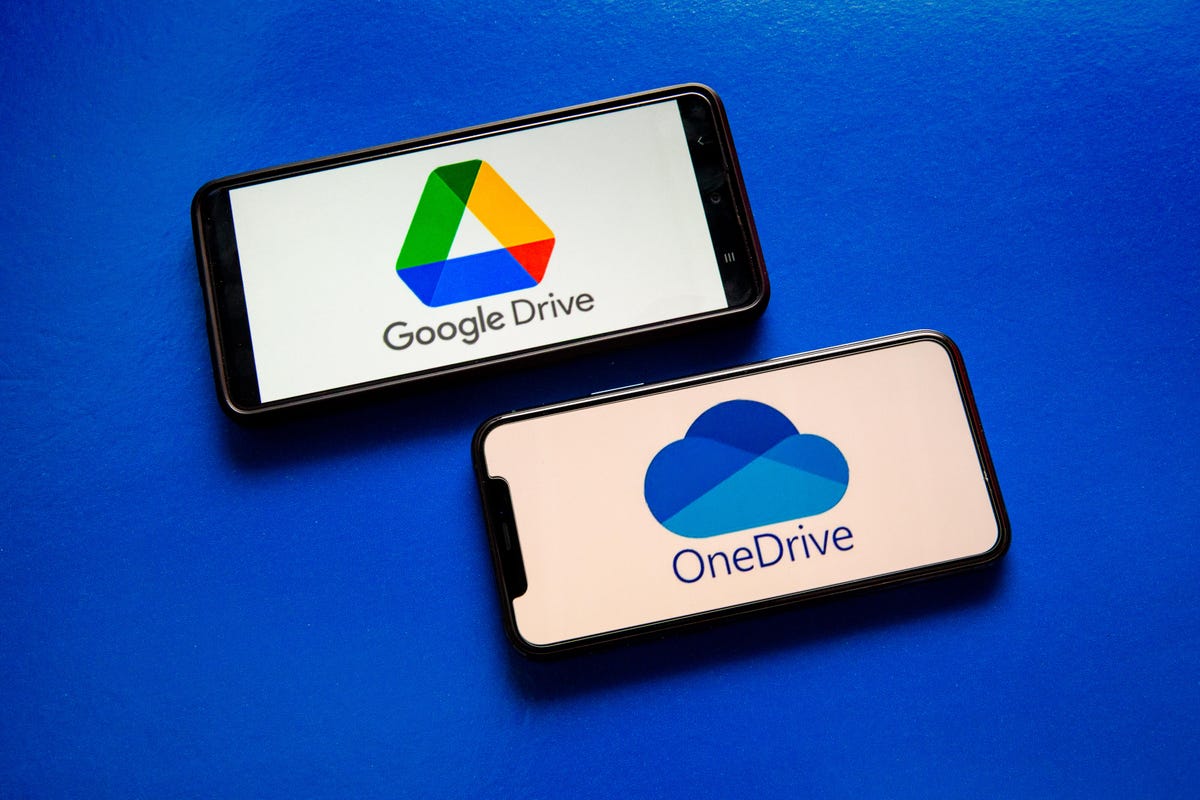
Which cloud storage service is right for you?
Frequently asked questions
How do I clear my cloud storage?
The process for clearing your cloud storage may vary depending on which service you use. In the Google One app, for example, there’s a Free Up Account Storage button.
Why use cloud storage?
Instead of having to remember a thumb drive, or emailing items to yourself, cloud storage lets you access your files, documents and photos on demand. If your computer or phone crashes, you don’t have to worry about losing your content, because those files are stored on a separate server. Cloud storage can be a convenient option because options like Google One, iCloud and OneDrive are built into services many use on a daily basis. Cloud storage also lets you keep your device’s local storage freed up.
Is cloud storage safe?
According to Norton, cloud storage is a safe option for users because the on-site servers are usually located in warehouses that few employees have access to. In addition, the files stored on the servers are encrypted, adding another layer of security.
No type of digital storage is risk-free, but cloud storage services also offer more immediate security features like two-factor authentication and security checkups. Privacy and security features may vary between services.
How much cloud storage do I need?
How much storage you’ll need will depend on what you’re storing. A student will likely need a smaller storage plan than a professional photographer. If your needs change, most plans let you easily upgrade or downgrade.
For more information, check out how to clear up space in your Google Drive and the best iPhones of 2024.
Sarah Mitroff contributed to this article.
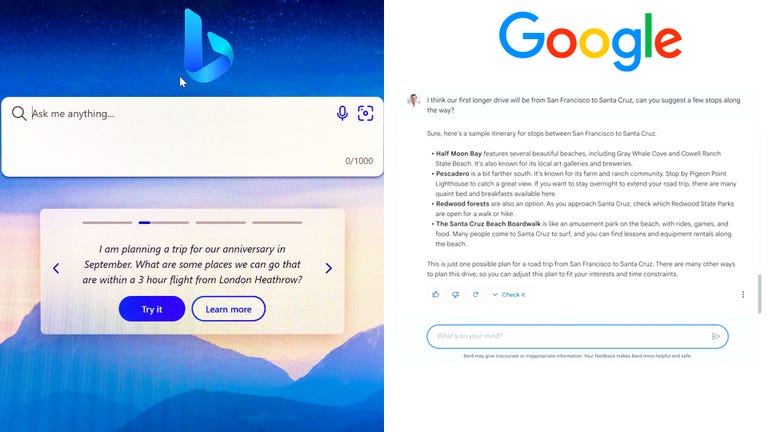
Watch this: Microsoft Bing vs. Google Bard: Watch the AI Reveals
[ad_2]
Source link







